Behavioral Research Blog
16 Mar
animal behavior research
Other (Animal)
Livestock Research: Tracking sheep to learn their behavior
We recently installed TrackLab at Aberystwyth University in Wales, UK, for the tracking and detailed analysis of the spatial behavior of sheep.
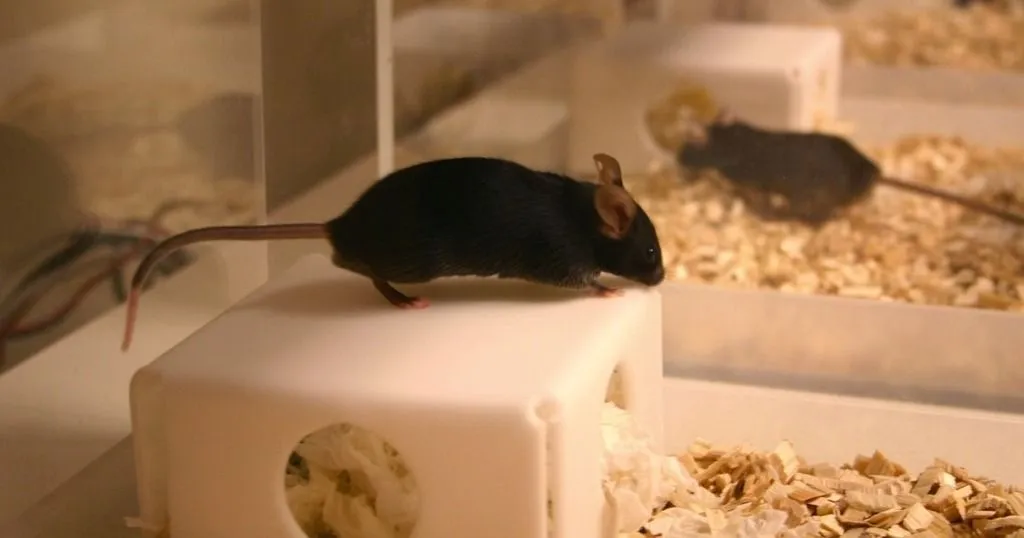
13 Mar
animal behavior research
Other (Animal)
Non-invasive home cage testing of epilepsy in mice
Epilepsy is more than seizures; behavioral changes that occur in between seizures are rarely assessed. A new home cage study from the Baylor College of Medicine aims to change this.
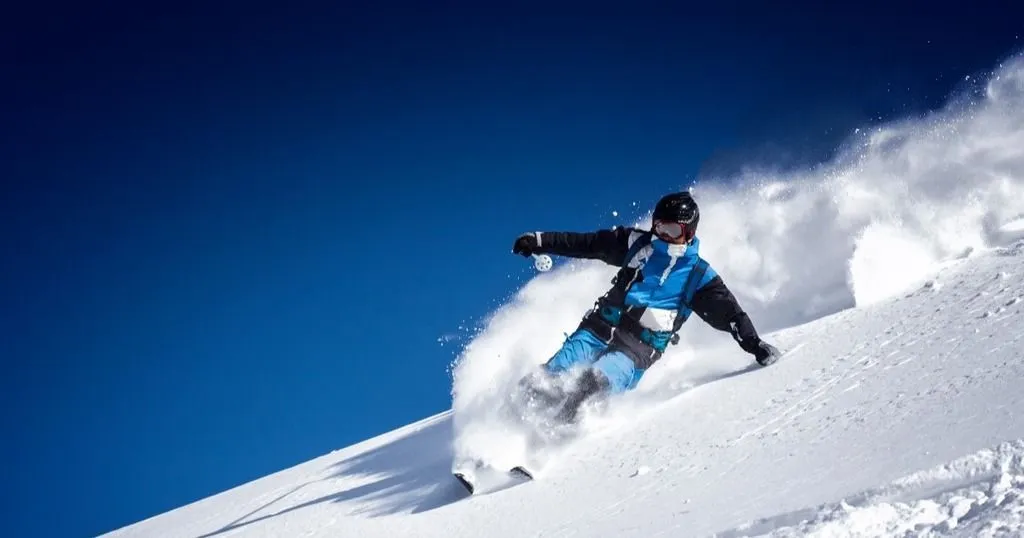
11 Mar
animal behavior research
Gait and Locomotion
Traumatic Brain Injury: effects on the brain and motor coordination
Do you think of wearing a helmet while skiing, cycling or horseback riding? Read more about how the brain is affected after the head injury and how you can examine locomotion in a mouse model with TBI.

02 Mar
human behavior research
Emotion
Saying Ouch Without Saying It: Measuring Painful Faces
What happens when we’re in pain, real physical pain, but we cannot tell someone where or how badly it hurts? We can look at the facial expression!

27 Feb
human behavior research
Psychology
The role of parent-child interaction on child development
When children face cognitive and motor delays, they are often unable to reach developmental milestones at the expected times. Does this influence the interactive behaviors of parents and children?
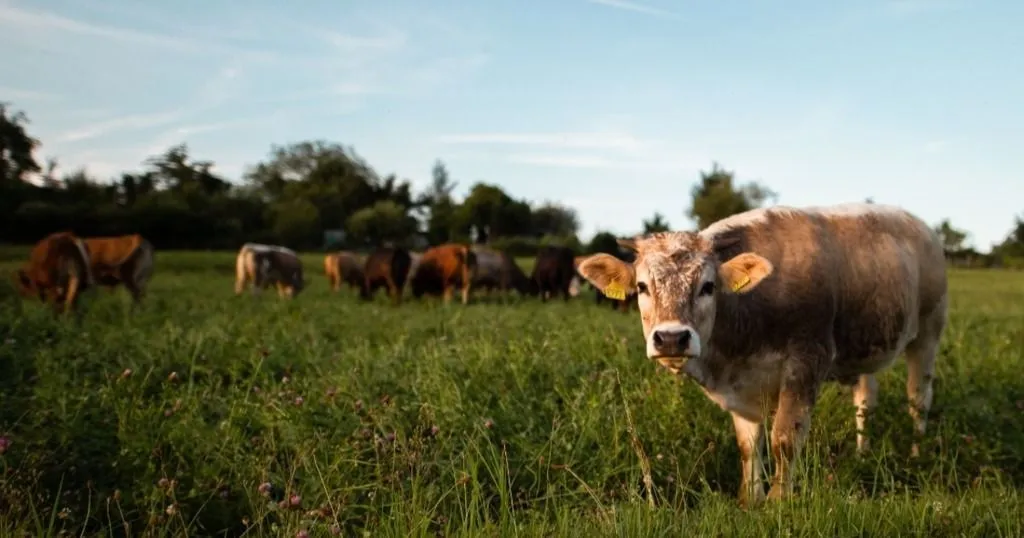
24 Feb
animal behavior research
Other (Animal)
How does heat stress affect the health and welfare of dairy cows?
When environmental temperatures rise, livestock animals, such as dairy cows, are vulnerable to heat stress. Researchers Polsky and von Keyserlingk reviewed how heat stress affects animal productivity, health, and welfare.
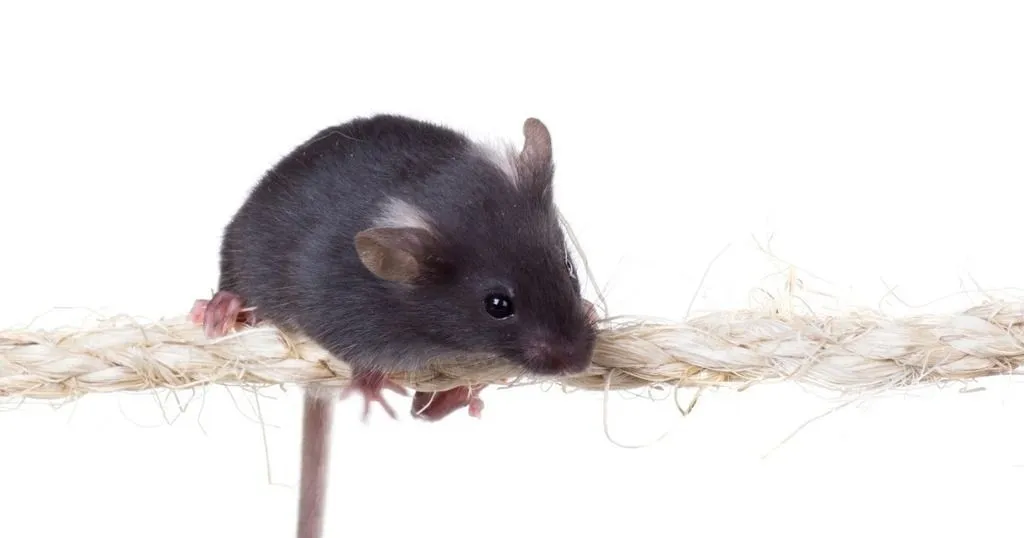
19 Feb
animal behavior research
Gait and Locomotion
Testing motor coordination in a mouse model with muscular dystrophy
Muscular Dystrophy is a broad group of diseases recognized by the loss of muscle mass and strenght. Researchers tried to discover if gene therapy strategies can help with reducing symptoms.

17 Feb
human behavior research
Emotion
For Pete’s Sake: Measuring Frustration
Within the field of human factors and usability, frustration poses an interesting challenge. It can be a barrier for learning. So how can we measure frustration in order to minimize it?
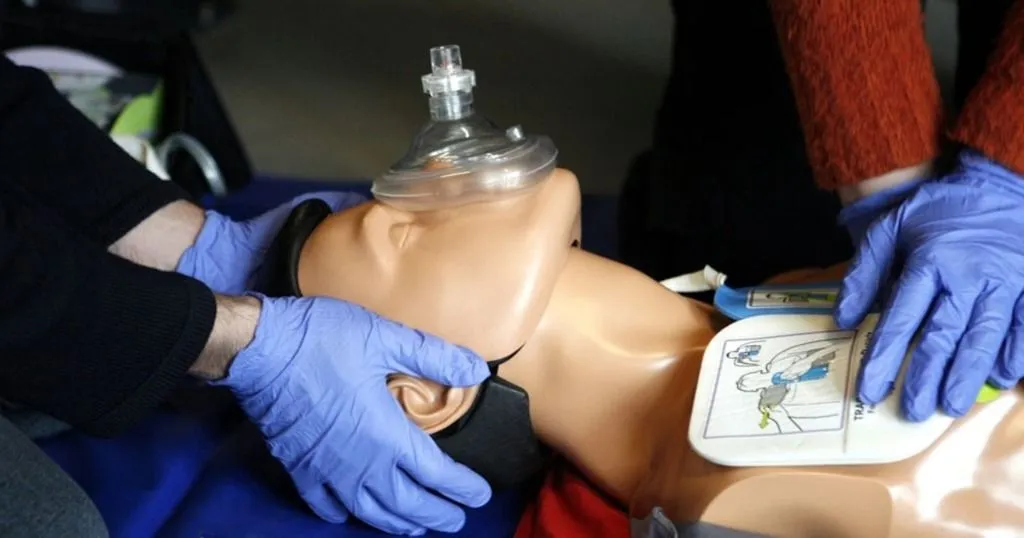
12 Feb
human behavior research
Healthcare
Evaluating ergonomics in healthcare – paramedics
The chance that a paramedic suffers an injury is 3x higher than other occupations. Because of the global health worker shortage, we need to make sure these professionals are taken care of.

31 Jan
human behavior research
Consumer
Neuromarketing: hope or hype?
The application of neuroscience methods to marketing – neuromarketing research – is growing in popularity. Can neuroscience be the holy grail of the study of consumer behavior?